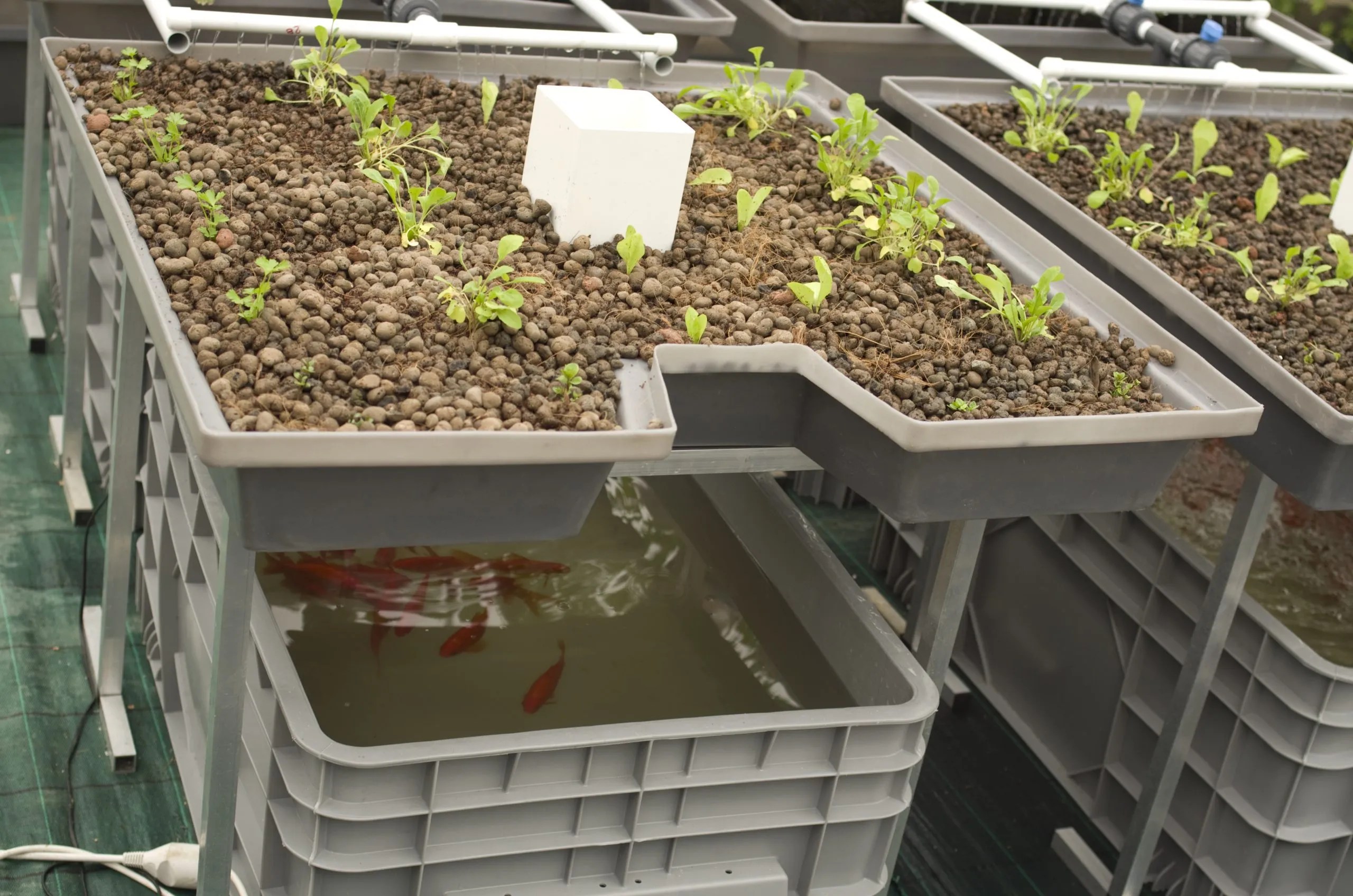 storage.googleapis.com
storage.googleapis.com Introduction: Bringing Aquaponics Indoors Aquaponics, the symbiotic combination of aquaculture (raising aquatic animals) and hydroponics (growing plants without soil), is a sustainable and efficient way to grow food. This guide will walk you through building your own compact aquaponic window garden, bringing fresh produce and a touch of nature right into your home. This project is perfect for beginners and can be scaled up or down to fit your window size and needs.
Materials List: Gather Your Supplies Before you begin, gather all the necessary materials. This will streamline the building process and ensure a smoother experience. Here's what you'll need:
- Two plastic containers: One larger container for the fish tank and one smaller container for the grow bed. Ensure both are food-grade and opaque to prevent algae growth.
- An aquarium air pump and air stone: To provide oxygen for the fish.
- Aquarium gravel: For the fish tank substrate.
- Clay pebbles or lava rock: For the grow bed media.
- PVC pipe or tubing: To connect the fish tank to the grow bed.
- A small submersible water pump: To circulate water between the fish tank and grow bed.
- A timer: To control the water pump's operation.
- Aquarium water heater (optional): To maintain a consistent water temperature if needed.
- Fish: Start with a small number of hardy fish like goldfish or guppies.
- Seeds or seedlings: Choose plants that thrive in aquaponics, such as leafy greens, herbs, and strawberries.
- Tools: Drill, saw (if needed to cut PVC pipe), measuring tape, and safety glasses.
Step 1: Preparing the Fish Tank First, prepare the larger container to serve as the fish tank. Clean it thoroughly with warm water and ensure there are no soap residues. Add a layer of aquarium gravel to the bottom of the tank. This will provide a surface for beneficial bacteria to colonize and help maintain water quality. Place the air stone at the bottom of the tank and connect it to the air pump.
Step 2: Creating the Grow Bed Next, prepare the smaller container for the grow bed. Drill several drainage holes in the bottom of the container. These holes will allow water to drain back into the fish tank. Fill the grow bed with clay pebbles or lava rock. These media provide support for the plants' roots and also serve as a surface for beneficial bacteria.
Step 3: Connecting the Fish Tank and Grow Bed Now it's time to connect the fish tank and grow bed. Position the grow bed above the fish tank so that water can drain back into the tank via gravity. Use PVC pipe or tubing to create a connection between the fish tank and the grow bed. Place the submersible water pump in the fish tank and connect it to the tubing leading to the grow bed. This pump will be responsible for circulating water from the fish tank to the grow bed. Ensure the tubing is securely connected to prevent leaks.
Step 4: Setting Up the Water Circulation Plug in the water pump and set the timer. Start with a short watering cycle, such as 15 minutes on and 45 minutes off. This will allow the plants to receive nutrients without being constantly flooded. Observe the plants and adjust the timer as needed to optimize their growth. Consider the needs of the plants selected to dial in this aspect of the build.
Step 5: Introducing Fish and Plants Fill the fish tank with dechlorinated water and allow it to cycle for a few days before adding fish. This allows beneficial bacteria to establish themselves and convert fish waste into plant nutrients. Once the water has cycled, slowly introduce the fish to the tank. After a few days to a week of monitoring you can introduce the plants into the grow bed. Gently plant the seeds or seedlings in the clay pebbles or lava rock. Be careful not to damage the roots.
Step 6: Maintaining Your Aquaponic Window Garden Regular maintenance is crucial for a thriving aquaponic system. Monitor the water quality regularly, including pH, ammonia, nitrite, and nitrate levels. Perform partial water changes (about 25%) every few weeks to maintain water quality. Feed the fish a high-quality fish food. Prune the plants as needed and remove any dead leaves or debris.
Conclusion: Enjoy Your Indoor Aquaponics Congratulations! You've successfully built your own aquaponic window garden. With a little care and attention, you'll be enjoying fresh, homegrown produce year-round. This sustainable system not only provides food but also adds a touch of natural beauty to your home. Enjoy the fruits (and vegetables) of your labor!
Component Of Aquaponics Systems
 www.aquaponicsforbeginners.com
www.aquaponicsforbeginners.com Residential Aquaponics System At Roger Krug Blog
 storage.googleapis.com
storage.googleapis.com Vertical Aquaponics System Design Plans
 fity.club
fity.club



0 komentar:
Posting Komentar